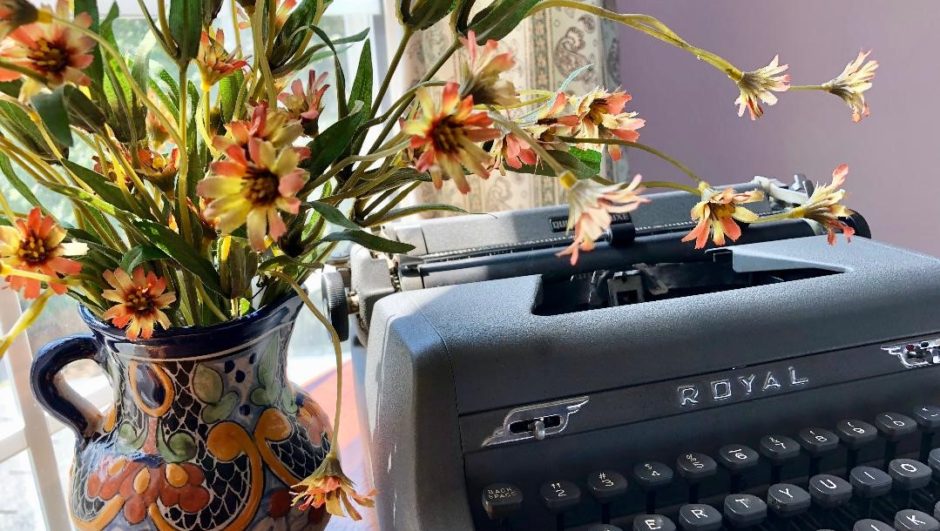 I love to profile stories of strong females who vigorously pursued their passions because they had a zeal for life.
I love to profile stories of strong females who vigorously pursued their passions because they had a zeal for life.
Jessie Tarbox Beals was like that. She became a pioneer of American photojournalism in the late 1800s when the competitive field was almost exclusively male.
Born in 1870 in Ontario, Canada, she was bright and precocious as a child. Enrolling in the Collegiate Institute of Ontario at fourteen, she completed her higher education and received her teaching certificate by age seventeen. And Jessie might have stayed in the teaching profession, except that she won a cheap camera in a magazine subscription contest. She used the camera to take pictures of her students and their surroundings. Before the month ended she took money from her savings and bought an upgraded Kodak. Once she saw the crisp black and white images she had shot with the better camera, she became hooked on photography.
In 1893, now living in Massachusetts, she traveled to the Columbian Exposition in Chicago and met several other women photographers. That chance meeting made her realize she could pursue photography as a career. Four years later she married Alfred T. Beals, teaching him everything she knew about her camera, her photos, and how to develop the prints. By 1900 she convinced her husband that they should open their own business with Jessie taking portraits and Alfred developing the negatives. Within a year their funds were depleted and they relocated to Buffalo, New York.
Jessie was not a person to quit when the going got tough and she recognized that she was her own best promoter. Within a year she had secured a position as a staff photographer on the Buffalo Inquirer. This event qualified her as the first female photojournalist in America. But the job was demanding. Jessie carried all her equipment which consisted of an 8×10 inch plate glass camera, a bulky tripod, and a total of 50 pounds of equipment. In addition to the unwieldy gear, she also wore a heavy ankle length two-piece outfit and a large plumed hat whenever she went out on a photography session.
In 1904 the paper sent her to St. Louis to cover the Louisiana Purchase Exposition. At first denied a press pass, she doggedly returned each day until the officials allowed her to shoot pictures. She remained for six months and practiced the maneuvers that allowed her to achieve stunning shots, even if she had to climb ladders or photograph from a rising hot air balloon to capture the angle she wanted.
By 1917 she and her husband had split, their young daughter went to live with friends, and Jessie moved to New York to photograph the Bohemian lifestyle of Greenwich Village. It was in Greenwich Village that she found her muse.
She opened a small gallery and studio on Sheridan Square and fed visitors tea and strawberry shortcake. In the gallery she sold photo postcards of the Village she had designed. While most photographers of this time established themselves as portrait photographers, Jessie broke with tradition and photographed the people of the Village as they went about their daily routines. Her photos show subjects in front of their homes, or in the various tearooms, or out in the street. Unlike portrait artists, Jessie shot her subjects in sharp focus, in their surroundings, using only the natural light available. She freelanced for newspapers and magazines and photographed a wide swath of humanity from New York society figures to the residents of the Lower East Side slums.
Her young daughter continued to battle rheumatoid arthritis and much of Jessie’s money went for medical expenses. By the 1920s she turned away from city scenes and concentrated on photographing the gardens of the upper-class elite. At the end of the decade she picked up her daughter and they left for California. Jessie set up a business where she photographed the lavish homes and gardens of the uber-wealthy, but the fall of the stock market brought her back to New York.
Sadly, at age 71, she found herself in ill health and out of reserves. With no other options she checked herself into the charity ward of Bellevue Hospital and died there penniless and obscure a few months later. Because Jessie had nowhere to store her negatives, hundreds if not thousands, were lost. But those that remain are housed at the Schlesinger Library at Radcliffe College, the New York Historical Society, and the Museum of the City of New York.
Without her photos, we would never be able to look back into the past and see Greenwich Village and it residents during the golden era of artists and writers who made the Village their home.
I hope you enjoyed learning about Jessie. If you are not yet a follower of this blog, sign up in the right-hand sidebar so you won’t miss a single monthly story. My passion is writing, what is yours?
You can read the captivating stories of my two favorite strong women, both available on Amazon.
Linda~
 Cut From Strong Cloth www.amzn.com/1940553024
Cut From Strong Cloth www.amzn.com/1940553024
Last Curtain Call www.amzn.com/1940553067

Liked hearing about Jessie.Poor Jessie at end of her life!
I know! To have been so well accomplished and then die alone. Sad.
Love reading your posts, Linda!
These are such great posts!! Thanks.